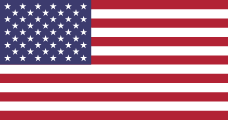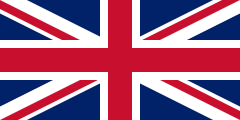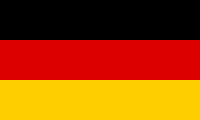NeoDynamics establishes reference centres in Germany to support the introduction of its novel pulse biopsy system NeoNavia and optimize the diagnosis of breast cancer
NeoDynamics introduces pioneering pulse biopsy technology for ultrasound-guided minimally invasive biopsy in breast and axilla. Today the Company announced a collaboration with leading breast cancer clinics to support the successful introduction of NeoNavia to hospitals in Germany in order to optimize the diagnosis of breast cancer. These hospitals will act as reference centres and be the first ones to use the biopsy system in clinical practice, sharing their experience with colleagues and peers. Together with leading breast cancer clinics in the UK and Sweden, they will support the introduction and early use of the new pulse biopsy system in Europe.
The reference centres are AGAPLESION Markus Krankenhaus in Frankfurt, and Frauenklinik r.d. Isar, der TU München. “We welcome innovation in the field of breast biopsy and NeoNavia represents an advance in the way we are able to target lesions. Each year around. 78,000 women in Germany are diagnosed with breast cancer and it is critical that we are able to acquire high quality samples to enable accurate and reliable diagnosis, for best possible treatment and outcome”, says Prof. Marc Thill, AGAPLESION Markus Krankenhaus Frankfurt.
“We are excited to collaborate with NeoDynamics on the introduction of the first pulse biopsy system NeoNavia in Germany. I see it as a completely new platform, offering improved needle control and three different sampling needle options. NeoNavia enables the physician to choose the needle type best suited for the specific challenges and requirements of each and every biopsy case,” says Dr Stefan Paepke, Frauenklinik r.d. Isar der TU München.
”I am very pleased for the collaboration with these leading breast cancer clinics, and that they have agreed to be reference centres for NeoNavia and support the market introduction in Germany”, says Anna Eriksrud, CEO, NeoDynamics.
Breast cancer is the most common cancer among women in Germany. In Germany 2020 around 78,000 new cases of breast cancer in women will be diagnosed, and about 450,000 biopsies will be performed in breast and axilla to establish an adequate diagnosis.
For additional information please contact:
Anna Eriksrud, CEO NeoDynamics AB (publ). Phone +46 (0) 708 444 966, e-mail: anna.eriksrud@neodynamics.com
Kai-Uwe Schässburger, Director Clinical Development & Medical Affairs +49 (0)151 688 092 41 or + 46 (0)762 386 153,
e-mail: kai-uwe.schassburger@neodynamics.com
The information in this press release is information that NeoDynamics is obliged to make public pursuant to the EU Market Abuse Regulation. The information was submitted for publication, through the agency of the contact person above, on July 6, 2020 at 08.50 (CET).
About NeoDynamics
NeoDynamics AB (publ) is a Swedish Medical Technology Company dedicated to advancing diagnosis and care of breast cancer. The company has an innovative biopsy system, NeoNavia in late stage development. The precision biopsy system is built on a patented pulse technology, based on research at the Karolinska Institutet in Sweden. The system is designed to offer clinicians and patients accurate lesion targeting and high tissue yield for correct diagnosis and individualized treatment. NeoNavia is evaluated at leading clinics in UK, Germany and Sweden. A commercial launch is expected in 2020.
About NeoNavia
NeoNavia is the brand name for the entire biopsy system intended to be used under ultrasound guidance. NeoNavia consists of a base unit, a handheld driver and three different types of biopsy needles. Each needle type is driven by a pulse technology enabling high precision and control when inserting and positioning the biopsy needle in a suspicious lesion. The system is designed to offer accurate lesion targeting and high tissue yield for correct diagnosis and individualized treatment.
About the pulse technology
The patented pulse technology is based on a pneumatically driven mechanism that enables high precision and control when inserting and positioning the biopsy needle, independent of tissue type. The pneumatic driver that generates micro-pulses is placed in a handheld instrument. With power from the base-unit, the driver accelerates the needle with great control even over a short distance, enabling its distinct stepwise insertion without the risk of destroying surrounding tissue. This facilitates ease of access and flexibility in sampling, even in very small lesions in delicate and difficult locations.




